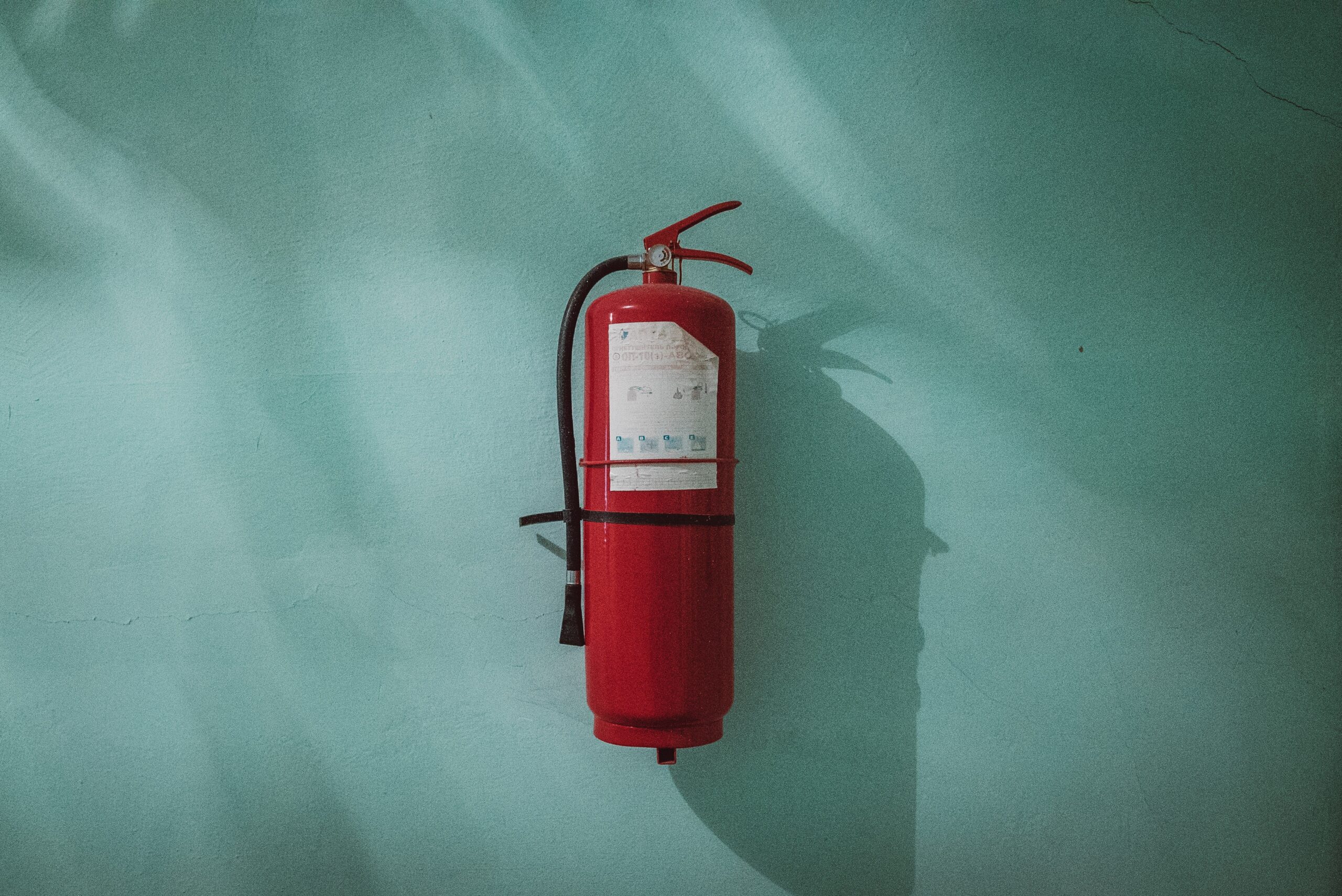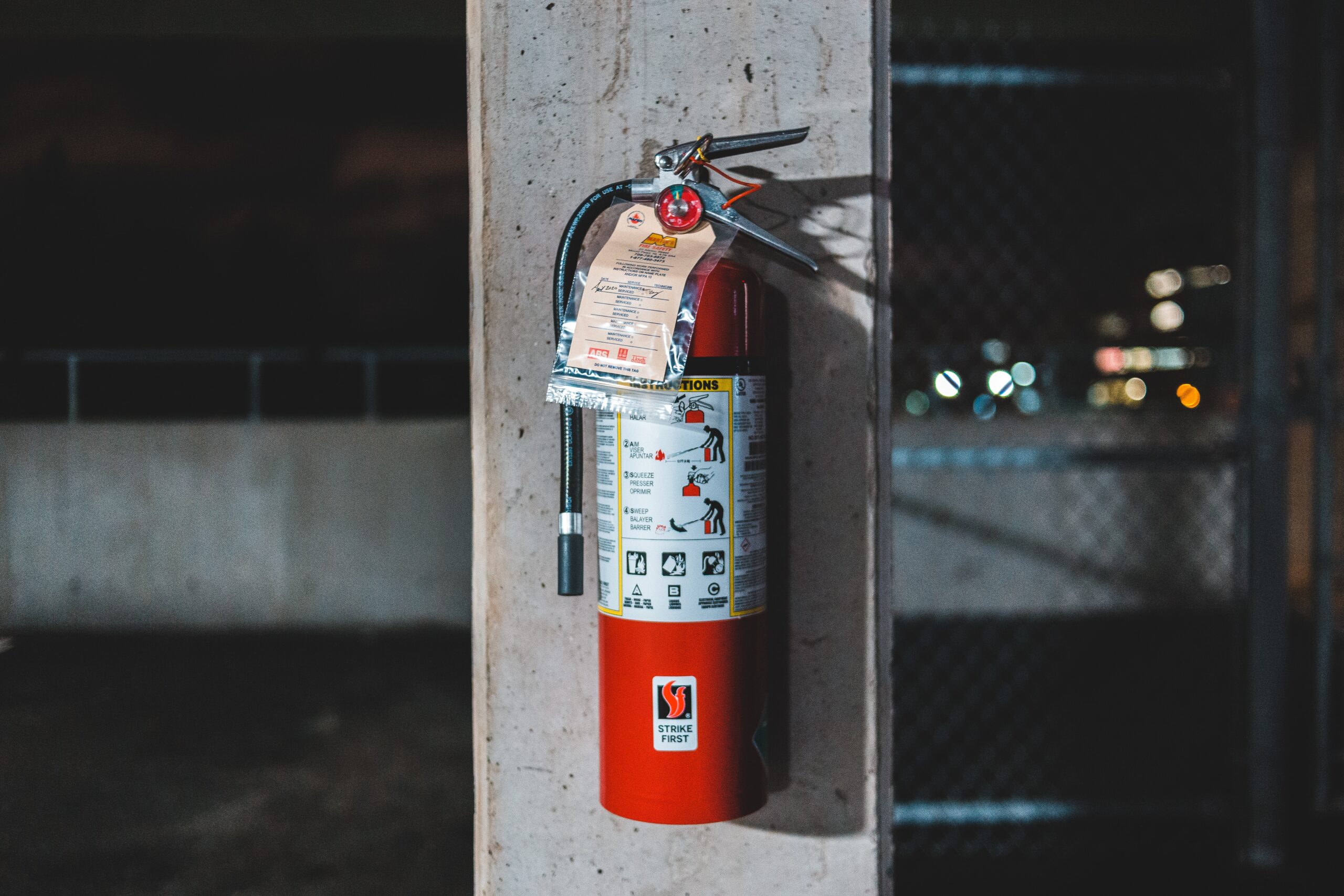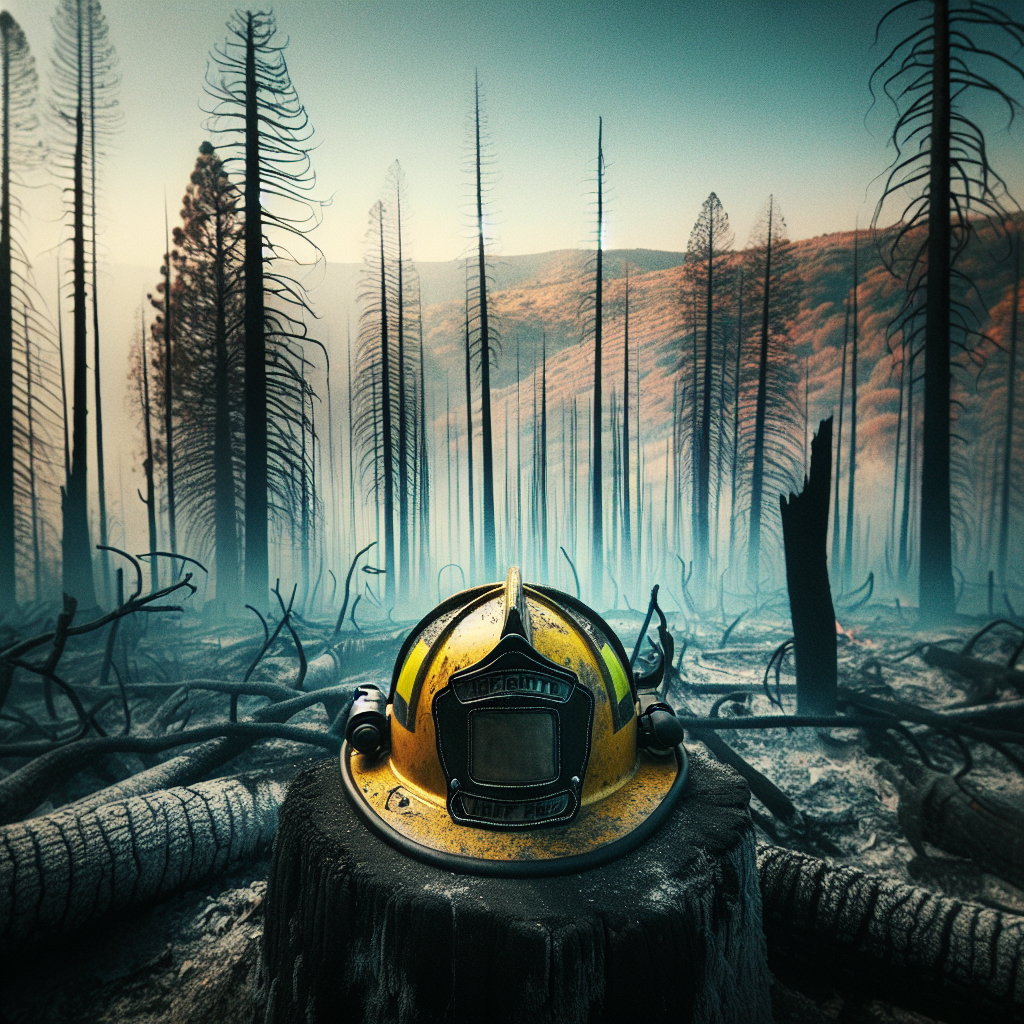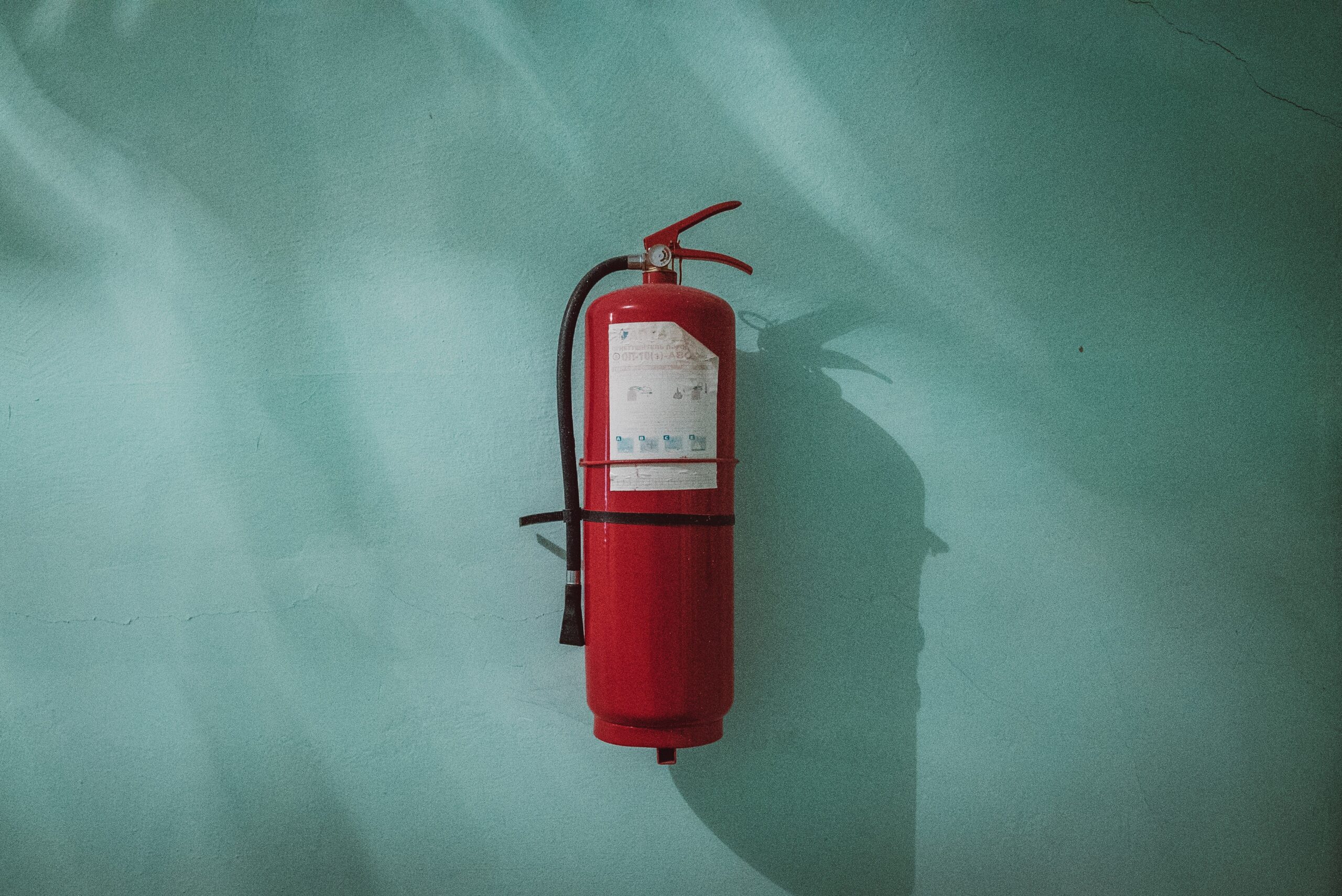Are you living in an area prone to wildfires? If so, it’s crucial to be prepared and equipped with the knowledge on how to protect yourself and your property. In this article, we will provide you with practical tips and guidelines on how to prepare for wildfires. From creating defensible spaces to assembling emergency kits, we’ve got you covered. Stay safe and well-prepared with our expert advice.

Understanding Wildfires
What are wildfires?
Wildfires, also known as forest fires or bushfires, refer to uncontrolled fires that rapidly spread across vegetation, including forests, grasslands, and even residential areas. These incidents pose a significant risk to human life, property, and the environment.
What causes wildfires?
Wildfires are most commonly caused by human activities, such as unattended campfires, discarded cigarette butts, intentional arson, or even poorly managed agricultural fires. Natural causes, such as lightning strikes or volcanic eruptions, also contribute to the occurrence of wildfires.
Why do wildfires spread so quickly?
Wildfires can spread rapidly due to a combination of factors. Dry and windy conditions create an environment conducive to rapid fire growth, as the wind carries embers and allows flames to leap across gaps. Additionally, the presence of flammable vegetation, such as dry grasses and fallen leaves, provides fuel for the fire to consume and spread.
How do wildfires impact the environment?
Wildfires have significant ecological consequences, often leading to the destruction of habitats, loss of biodiversity, and degradation of air and water quality. The intense heat from wildfires can sterilize soil, making it difficult for plants to regenerate. The resulting smoke also causes air pollution, affecting human health and exacerbating climate change by releasing large amounts of carbon dioxide into the atmosphere.
Creating a Safety Plan
Identify evacuation routes
When preparing for wildfires, it is crucial to identify multiple evacuation routes from your home or workplace. A primary route may become blocked or unsafe during an emergency, so having alternative options is essential. Familiarize yourself with these routes and the surrounding area to ensure a smooth evacuation if necessary.
Establish communication plan
Develop a communication plan to keep your family, friends, and neighbors informed and connected during a wildfire event. Share contact information and establish designated meeting points in case you become separated. Utilize mobile phones, social media, or other communication tools to stay in touch and receive emergency alerts from local authorities.
Assemble emergency supplies
Create an emergency supplies kit that is easily accessible and contains essential items to sustain you and your family for at least 72 hours. Stock up on non-perishable food, bottled water, a first aid kit, extra batteries, flashlights, a battery-operated radio, and any necessary medications. Don’t forget to include important documents, such as identification, insurance policies, and copies of personal records.
Ensure proper insurance coverage
Review your insurance policies, particularly your homeowners or renters insurance, to ensure that you have adequate coverage for potential wildfire damage. Understand the specific terms and conditions of your policy, including whether it covers the cost of rebuilding your home or replacing belongings in the event of a wildfire. Consider adding additional coverage if necessary.
Protecting Your Property
Clearing defensible space
Creating defensible space around your property can significantly reduce the risk of wildfire damage. Clear flammable vegetation, such as dry leaves, branches, and shrubs, from at least 30 feet around structures. Keep trees trimmed and maintain a well-watered, green space to act as a barrier between your property and potential fire sources.
Creating fire-resistant landscaping
When designing your landscaping, choose fire-resistant plants and materials. Opt for plants with high moisture content, low flammability, and a compact growth structure. Avoid highly flammable species and prioritize maintaining a well-irrigated landscape. Use non-combustible materials, such as gravel or stone, for paths and mulch instead of flammable wood chips.
Installing spark arresters
Install spark arresters on chimneys, stovepipes, and vents to prevent embers from entering your home. These devices work by trapping burning embers and preventing them from igniting combustible materials on or around your property. Regularly inspect and clean spark arresters to ensure their effectiveness.
Covering vents and eaves
Seal off any vulnerable areas of your home, such as vents and eaves, to prevent embers from entering. Use fine mesh screens to cover openings and block potential entry points for embers. Reinforce these barriers with metal flashing to create a fire-resistant barrier and protect your home from airborne sparks.
Preparing Your Home
Inspecting the roof
Regularly inspect your roof for any damage or potential weak spots that could allow embers to penetrate. Replace any missing or damaged shingles, and ensure that there are no gaps or openings that could serve as entry points for embers. Consider using fire-resistant materials when replacing your roof.
Cleaning gutters and clearing debris
Maintaining clean gutters and regularly removing debris from your property can reduce the risk of fire. Dry leaves, pine needles, and other debris can accumulate in gutters and become potential fuel for wildfires. Regularly clean gutters and remove debris, paying special attention to areas near your home and other structures.
Storing flammable materials safely
Store flammable materials, such as gasoline, propane tanks, and firewood, safely away from your home. Keep them in designated areas, preferably in fire-resistant storage containers, and at a safe distance from structures. Properly maintain and inspect these storage areas to ensure that they are in good condition and free from potential fire hazards.
Implementing fire-safe construction techniques
If you are building a new home or planning significant renovations, consider implementing fire-safe construction techniques. Use fire-resistant materials for siding, windows, and doors. Install fire-rated roofing materials, such as class A asphalt shingles or metal roofing, to provide added protection. Ensure that all exterior vents and openings are properly screened to prevent ember intrusion.

Understanding Fire Weather
Recognizing red flag warnings
Pay attention to red flag warnings issued by meteorological agencies or local fire departments. These warnings indicate critical fire weather conditions, such as strong winds, low humidity, and high temperatures, that greatly increase the risk of wildfires. When a red flag warning is in effect, exercise extreme caution and be prepared for potential emergencies.
Monitoring weather forecasts
Regularly monitor weather forecasts to stay informed about changing conditions that may impact fire behavior. Stay updated on temperature changes, wind patterns, and humidity levels, which can affect the spread and intensity of wildfires. Being aware of weather conditions can help you make informed decisions and take appropriate actions to protect yourself and your property.
Understanding fire behavior predictions
Educate yourself about fire behavior predictions to better understand how wildfires may behave in different conditions. Factors like fuel availability, wind speed, and terrain can influence how a fire spreads, allowing you to anticipate potential risks and take proactive measures. Local fire departments or online resources can provide information on fire behavior predictions in your area.
Staying informed about local fire restrictions
Stay informed about any local fire restrictions or bans in your area. These restrictions are put in place to minimize the risk of accidental fires during periods of high fire danger. Follow any imposed regulations, such as restrictions on campfires, outdoor burning, or the use of fireworks, to prevent the ignition of a wildfire and ensure the safety of your community.
Creating a Family Emergency Kit
Gathering essential documents and identification
Assemble copies of essential documents, such as passports, driver’s licenses, birth certificates, and insurance policies. Place these documents in a waterproof and fire-resistant container or secure them digitally to ensure quick access when needed. Having these documents readily available can facilitate recovery efforts following a wildfire event.
Stocking up on non-perishable food and water
In your family emergency kit, include a supply of non-perishable food, such as canned goods, granola bars, and dried fruits. Aim to store a minimum of three days’ worth of food for each family member. Additionally, store at least one gallon of water per person per day for drinking and sanitation purposes. Remember to periodically check expiration dates and rotate your supplies to keep them fresh.
Including necessary medication and first aid supplies
If anyone in your family requires medication, ensure you have an ample supply stored in your emergency kit. Include a well-stocked first aid kit, which should contain items such as bandages, antiseptic wipes, pain relievers, and any necessary prescription medications. Familiarize yourself with basic first aid procedures to handle minor injuries that may occur during an emergency situation.
Adding important personal items
Remember to include important personal items in your family emergency kit. These may include extra clothing, sturdy shoes, blankets, personal hygiene products, and comfort items for children or elderly family members. Having these items readily available can provide comfort and support during a potentially stressful and unsettling time.

Developing an Evacuation Plan
Determine multiple evacuation routes
When creating your evacuation plan, identify and map out multiple evacuation routes from your home or workplace. Consider different scenarios and plan routes that accommodate for potential road closures or congestion. Share this information with family members and keep a copy of the evacuation routes in your emergency kit.
Planning for pets and livestock
If you have pets or livestock, make sure to include them in your evacuation plan. Identify pet-friendly accommodations or animal shelters in your area that can accommodate your animals during an emergency. Prepare a pet emergency kit with food, water, medication, and necessary supplies to ensure the well-being of your furry friends.
Arranging temporary accommodation options
In case you need to evacuate your home, consider options for temporary accommodation. Identify hotels, motels, or the homes of family and friends outside the affected area where you can stay until it is safe to return. Make advance arrangements if possible, as accommodations may become limited during an emergency.
Creating a checklist of important items to grab
Create a checklist of essential items that you should grab in case of an immediate evacuation. Include items such as your emergency kit, important documents, medications, personal items, and any items with sentimental value. Keep this checklist readily available and ensure that family members are aware of its location.
Being Fire-Ready at All Times
Keeping emergency contacts readily available
Compile a list of emergency contact numbers and keep them easily accessible. Include local emergency services, family members, neighbors, and anyone else you may need to contact during an emergency. Share this list with family members and keep a copy in your emergency kit.
Maintaining a full tank of gas in vehicles
Keep your vehicles’ fuel tanks at least half-full as part of your fire preparedness plan. During an emergency, you may need to evacuate quickly, and having enough fuel in your vehicles can ensure you can reach a safe location without the added stress of finding an open gas station.
Regularly updating your emergency plan
Review and update your emergency plan regularly. Circumstances may change, such as the addition of new family members, changes in contact information, or updates to evacuation routes. Ensure that everyone in your family is aware of any changes made to the plan and that all necessary information is up to date.
Practicing fire drills with your family
Regularly conduct fire drills with your family to ensure everyone knows what to do in case of an emergency. Practice evacuating your home using different evacuation routes, and designate a meeting point outside of the affected area. Rehearsing these drills will help everyone become familiar with the process and increase their confidence during an actual emergency.

Getting Involved in Community Efforts
Joining local fire-safe councils or organizations
Consider joining local fire-safe councils or organizations dedicated to wildfire prevention and preparedness. These groups provide valuable resources, education, and support to communities at risk of wildfires. By getting involved, you can contribute to a safer community while learning from experts and exchanging knowledge with fellow residents.
Participating in community training programs
Take advantage of community training programs focused on wildfire preparedness. These programs are often organized by local fire departments or emergency management agencies. Participating in these trainings will help you acquire valuable skills and knowledge to effectively respond to emergencies and protect your community.
Volunteering with fire prevention initiatives
Support fire prevention initiatives in your community by volunteering your time and skills. You can assist with activities such as organizing educational events, participating in community clean-up days, or helping maintain fire breaks and defensible spaces. Every contribution helps create a safer and more resilient community.
Educating neighbors and promoting fire preparedness
Share your knowledge and experience with neighbors and community members to promote fire preparedness. Encourage others to create their own safety plans, clear defensible space, and stay informed about fire risks. By working together, you can strengthen community resilience and reduce the impact of wildfires.
Responding to an Active Wildfire
Monitoring official emergency channels
During an active wildfire, stay informed and monitor official emergency channels for updates and instructions. Listen to local radio stations, follow social media accounts of local authorities, and sign up for text message alerts. These sources will provide you with real-time information about evacuation orders, road closures, and safety recommendations.
Following evacuation orders and instructions
If evacuation orders are issued, follow them promptly and without hesitation. Do not wait until the last moment to leave, as doing so can put your life and the lives of emergency responders at risk. Take only essential items with you, and remember that personal belongings can be replaced, but your safety cannot.
Cooperating with emergency responders
During an active wildfire, cooperate fully with emergency responders, including firefighters, law enforcement, and other authorities. Follow their instructions and avoid interfering with their efforts. Your cooperation ensures that resources are effectively deployed and helps protect the lives and properties of both yourself and others in the community.
Protecting yourself and your family
Prioritize your safety and that of your family during an active wildfire. Stay indoors (if it is safe to do so) with windows and doors closed to minimize smoke inhalation. Use masks or damp cloths to cover your mouth and nose if necessary. If you are caught in the open, seek low-lying areas away from the fire’s path and cover yourself with soil or a wet blanket to protect against radiant heat.






